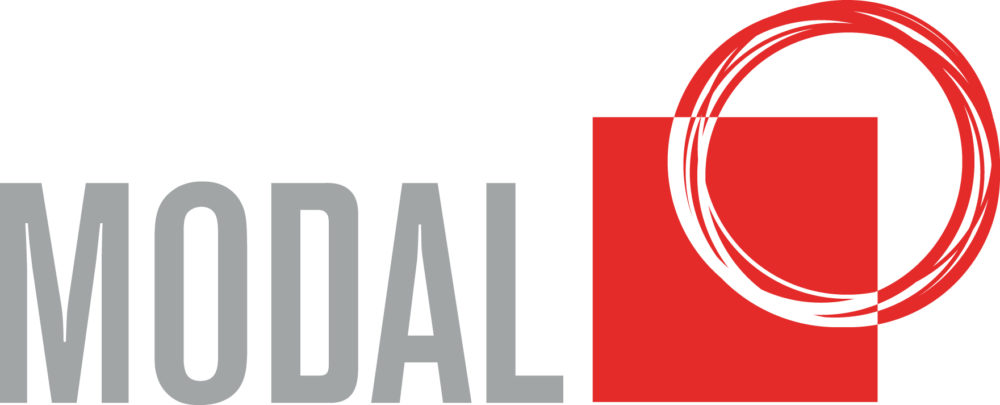Humans are highly-attuned social creatures with a social-brain that has evolved over millennia. As our modern world continues to change at an alarmingly rapid rate, our social frameworks have been redefined, particularly the modern work environment.
Recently, brought on by COVID-19, things changed dramatically for many people when they were forced to work remotely, often for the first time and for many without much preparation. Now, having overcome initial challenges, and with a significant number of people embracing the newly gained freedoms and benefits of remote work, moving back to pre-COVID work teams is providing a different set of challenges. This is causing another wave of emotional distress, and many organisations are choosing to provide hybrid-workplaces as employees demand continued flexible work arrangements.
In response, leaders and organisations are searching for new approaches and improved means of accommodating new work norms whilst also maintaining high levels of engagement and motivation. The SCARF model (Rock, 2008) provides a simple guide to the brain’s social domains and offers leaders a lens for understanding the ways people interact socially and developing strategies to improve emotional regulation.
For hybrid-workplaces, SCARF could be useful to ensure a high level of performance for teams. SCARF provides an effective tool for addressing the emotional and social needs of staff whilst supporting an effective leadership approach, team processes, and the right team support mechanisms.
What is SCARF?
Here is a quick overview of the SCARF Model. We’ll explain how to leverage this tool further on.
- Status – is a sense of significance or importance relative to others.
- Certainty – is needing the ability to understand what’s happening and predict outcomes.
- Autonomy – is the desire for control or involvement in events.
- Relatedness – is the desire for a connection and inclusion with others.
- Fairness – is the perception of honest and just exchange.
Leader SCARF
Leader self-awareness is critical for team performance, so first know your own SCARF. Knowing your most important social domains will allow for better self-management. An overly emotional leader under threat can unconsciously undermine performance significantly. Maintaining one’s own well-being and personal best-self is the foundation for effective leadership of high-performing teams.
Team SCARF
Introducing SCARF can be tricky, here are some ideas below:
- Introduce the team to Emotional Intelligence (EI) first and then the SCARF Model, best achieved through a teaching conversation.
- Be sure to set the context and purpose for this initiative (we all need certainty and a level of autonomy when we are asked to partake in something new).
- Share the NeuroLeadership Institute’s SCARF Self-assessment with the team and when completed ask each member to reflect on their own SCARF results.
- Talk through the five domains and gather examples of threat and reward responses (leaders go first). When the team is ready to progress, ask them to share their results with each other.
- By identifying an individual’s strengths and triggers, you can determine which ones are common across the team and how the team can leverage a strength or mitigate common group triggers.
- Unfortunately, the threat response is more powerful and longer-lasting than the reward response, so SCARF threats can have a greater impact on the team.
SCARF & Ideas for the Hybrid-Workplace
Below are a number of ideas that may be implemented in a Hybrid-Workplace to better regulate emotions across our SCARF social domains:
-
- Regular team in-person meetings (Monday mornings). Ensure these are locked into the team’s schedule, and that everyone attends who would normally be expected to attend. This creates a sense of formality to team processes (certainty), team members can interact in person (relatedness), and all members are available for discussions and problem-solving of important team issues (status, fairness & autonomy).
- Regular team Hybrid meetings (on-line and/or in-person – end of the week). This allows for all members to check-in and discuss progress on work (certainty, relatedness).
- Leader-member one-on-ones (fortnightly or monthly). Whether these are in-person or on-line should not matter as long as each is conducted in the same manner (e.g. one-hour sessions). This is an opportunity to discuss personal matters with the leader (all of SCARF).
- Scheduled whole of team functions or events (e.g. a quarterly team lunch or dinner). This allows informal interaction and socialising (relatedness, certainty, fairness).
- Balanced rotations. If team members roster office days, ensure these are balanced and equitable across all members (fairness). Any inequity – such as, someone gets every Friday to work from home whereas others don’t – will eventually cause friction within the team (unfair).
- Work hours – let staff choose their working hours as much as possible (autonomy).
- All groups are treated equally. If the team has different sub-groups ensure all are afforded the same privileges and adhere to requirements unless absolutely unavoidable. Be transparent with everyone (status, relatedness, fairness).
- Off-set any inequalities. If inequity is unavoidable, then provide the disadvantaged group(s) with another reward strategy to off-set any triggering effect. Reward in another SCARF domain can off-set a threat experienced in another domain.
- Agreed team process for on-line sessions. For example, ‘all cameras must be on’. Following routines and having a clear strategy and objectives will improve certainty for many people. On-line provides opportunities to be personable and help people get to know each other, e.g. ‘trip around my home’ (certainty, relatedness, fairness).
- Have long-term individual and team goals. This provides members with a sense of purpose and clarity as to expected performance (certainty, relatedness, status).
- Revisit team values. Hybrid-workplaces offer different working practices and team members need to be clear on what is accepted and not accepted in regard to performance and conduct. Having a new set of team values, or a team charter is critical (certainty, fairness, relatedness).
Final Thoughts
As humans, we know that we perform better when we are motivated and engaged, being psychologically rewarded when our emotional needs are met or threats mitigated. SCARF offers a lens through which we can understand and address our instinctive emotional responses. Hybrid-workplaces will most likely be around for some time, and leaders and organisations can adjust their approaches to ensure team performance and member relationships do not suffer, and staff genuinely feel emotionally rewarded no matter where or how they turn up for work.





